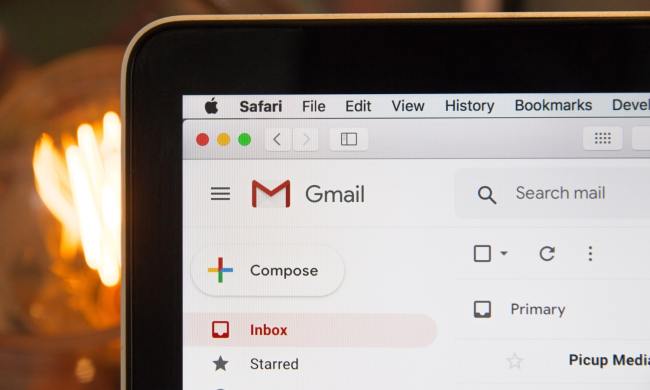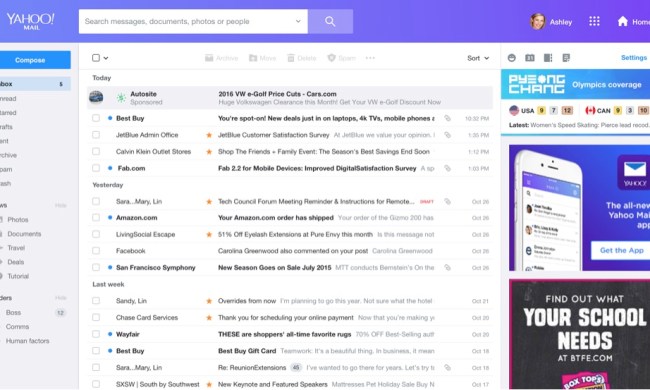The United States Federal Communications Commission (FCC) said that it will cost rural telecommunications providers at least $1.8 billion to replace the Huawei and ZTE equipment that are currently in use in their networks.
President Donald Trump has tagged Huawei and ZTE as threats to national security, extending the existing ban on U.S. companies using their equipment to May 2021. The FCC designated Huawei and ZTE as national security risks in June.
The FCC said in a public notice that based on the information that it collected from carriers supported by the Universal Service Fund, which subsidizes coverage for underserved areas, it will take about $1.84 billion to remove and replace Huawei and ZTE equipment from their networks. The providers will be eligible to receive reimbursement for about $1.62 billion of that amount.
However, the FCC said that some providers may not have submitted their information for the purpose of the estimate, so the actual total cost will likely be higher.
“By identifying the presence of insecure equipment and services in our networks, we can now work to ensure that
these networks — especially those of small and rural carriers — rely on infrastructure from trusted vendors,” FCC chairman Ajit Pai said in a statement.
Congress, meanwhile, has not yet appropriated the necessary funding for the reimbursements, which the carriers need as they will not be able to afford the replacements by themselves.
“I once again strongly urge Congress to appropriate funding to reimburse carriers for replacing any equipment or services determined to be a national security threat so that we can protect our networks and the myriad parts of our economy and society that rely upon them,” Pai added.
In July, the United Kingdom also declared that it was removing Huawei equipment from its 5G network by 2027, with the country’s carriers banned from buying 5G hardware from the Chinese manufacturer after December 31, 2020.


